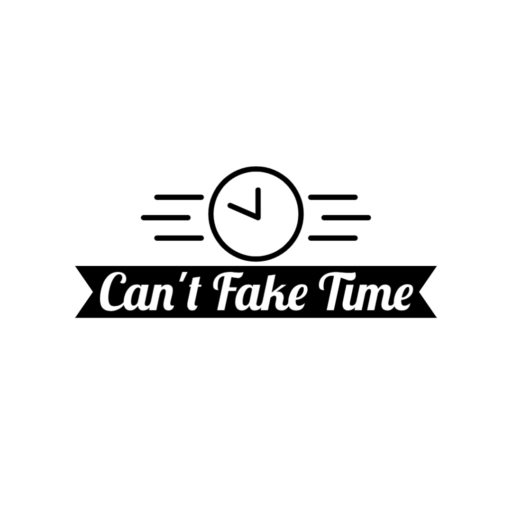Let’s Talk Paper Edits.
In my process, I use paper edits for late-stage editing. Essentially, I feel pretty confident the beats of the story are all in the right places, I’ve cut frivolous scenes, filled in major plot holes. I’ve gone cross-eyed reading the story digitally a dozen times over, and it’s time for a change in scenery. Often, this happens around the same time when I recruit beta readers.
I take the manuscript to an office supply store to get it printed and spiral bound because the cost of a spiral-bound print is pretty much equivalent to the cost of ink, paper, binder, and time if I printed it at home. Double-spaced, page numbers at the bottom, double-sided. The double-spacing gives me room to write notes. I also number each scene individually, and I have a spreadsheet with a full scene outline I create while drafting. Even if the page numbers differ between the print and digital copies, I can use scene numbers to orient my changes.
 |
| One spiral-bound manuscript, highlighters, and tabs! |
Now that I’ve got the manuscript printed, spiral-bound, in hand, I start by reading it without a pen. When I worked in my college writing center, during the first part of any writing session, we asked the writer to read their paper out loud once–at least one page of it, depending on how long it was–so that writer and writing consultant could both get a sense of what was there. It seems time-consuming and pointless, but hear me out here:
If I had a pen, I’d get too quickly caught up in what’s wrong and making fixes at a sentence level, and I’d miss this opportunity to absorb the whole manuscript exactly as it is. The changes I made at sentence level might be completely pointless. If I added a description of a character, read two sentences further, and found a similar description already there, that would also be a waste of time. Reading first gives you perspective.
Plus reading without a pen lets me find the small joys of the manuscript more easily. I file away the moments when I cringe because there’s an inconsistency or a typo. I focus as I read on what’s good and essential to the story. How do the characters’ big picture arcs develop? Where are the best moments? The most satisfying descriptions?
When revision and editing is all about what’s wrong, it gets rough fast. When revision and editing is about taking the good and making it better, it becomes a process of growth. It’s a small difference, but it helps me. Sure, I still sometimes have to “kill my darlings”–those delectable but totally useless descriptions that clutter things up, but it feels more like trimming back a decorative hedge and less like setting fire to a forest.
After I finish my penless read-through, I choose around five things to focus on and mark up–One for each of the five colors of little plastic sticky tabs I buy. Two colors at this point are static:
- Yellow – Typos/Line Edits
- Orange – Worldbuilding Consistency
The other three (blue, green, and pink) might be about character relationships or places to foreshadow a plot point–big picture things that need to be smoothed out over the course of the whole manuscript.
With this particular manuscript, my world bible for this setting and story is an absolute mess, scattered across multiple Google Drive files, a OneNote file, and some paper notebooks. I’ve now got a World Anvil account, so while I’m doing my second read-through and marking things up, I’ll also add notes to World Anvil about worldbuilding, characters, and timelines to ensure consistency and unify all my notes.
Once I have my paper edit notes, I’ll take them and apply them to the digital version. Then it’ll be digital proofreading and time to query!
It’s a lot of work start to finish, but the last time I did paper edits like this, I produced a manuscript that got two full requests from agents, so I know I’m not just spinning my wheels in the mud.
What are some of your favorite revision strategies? Let’s help each other out and share in the comments!

